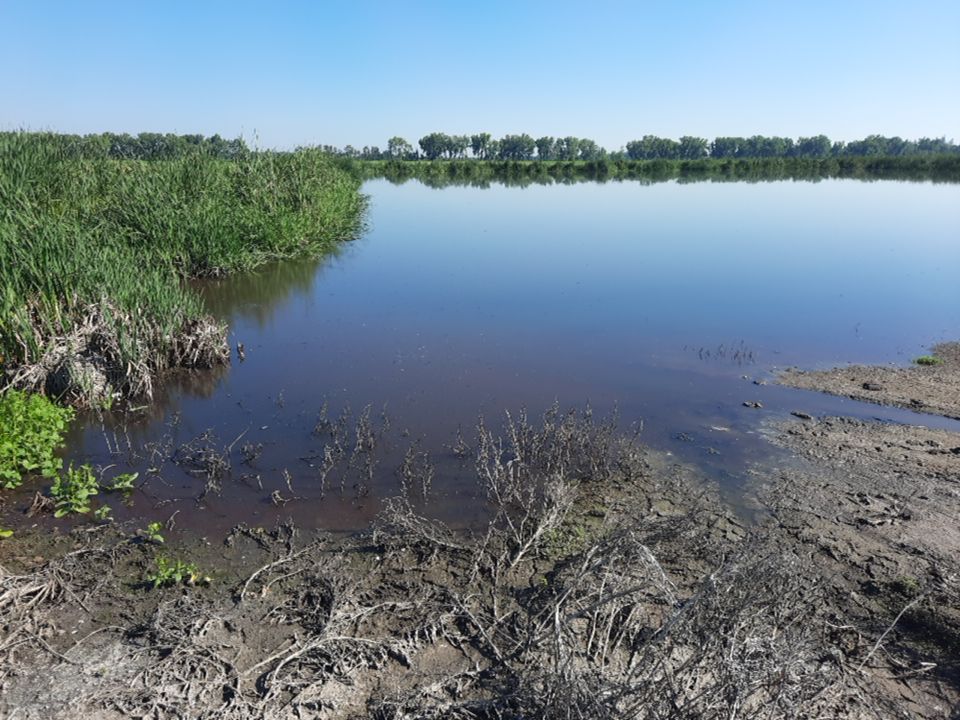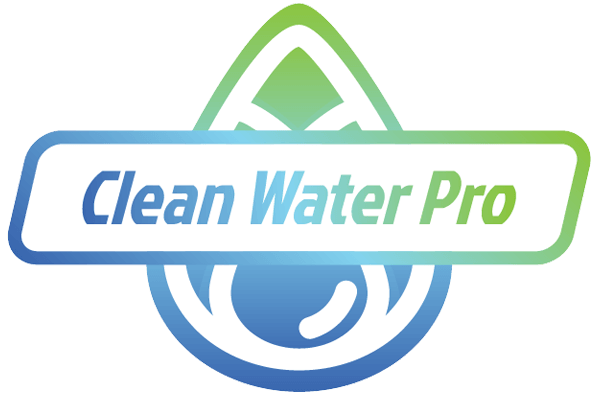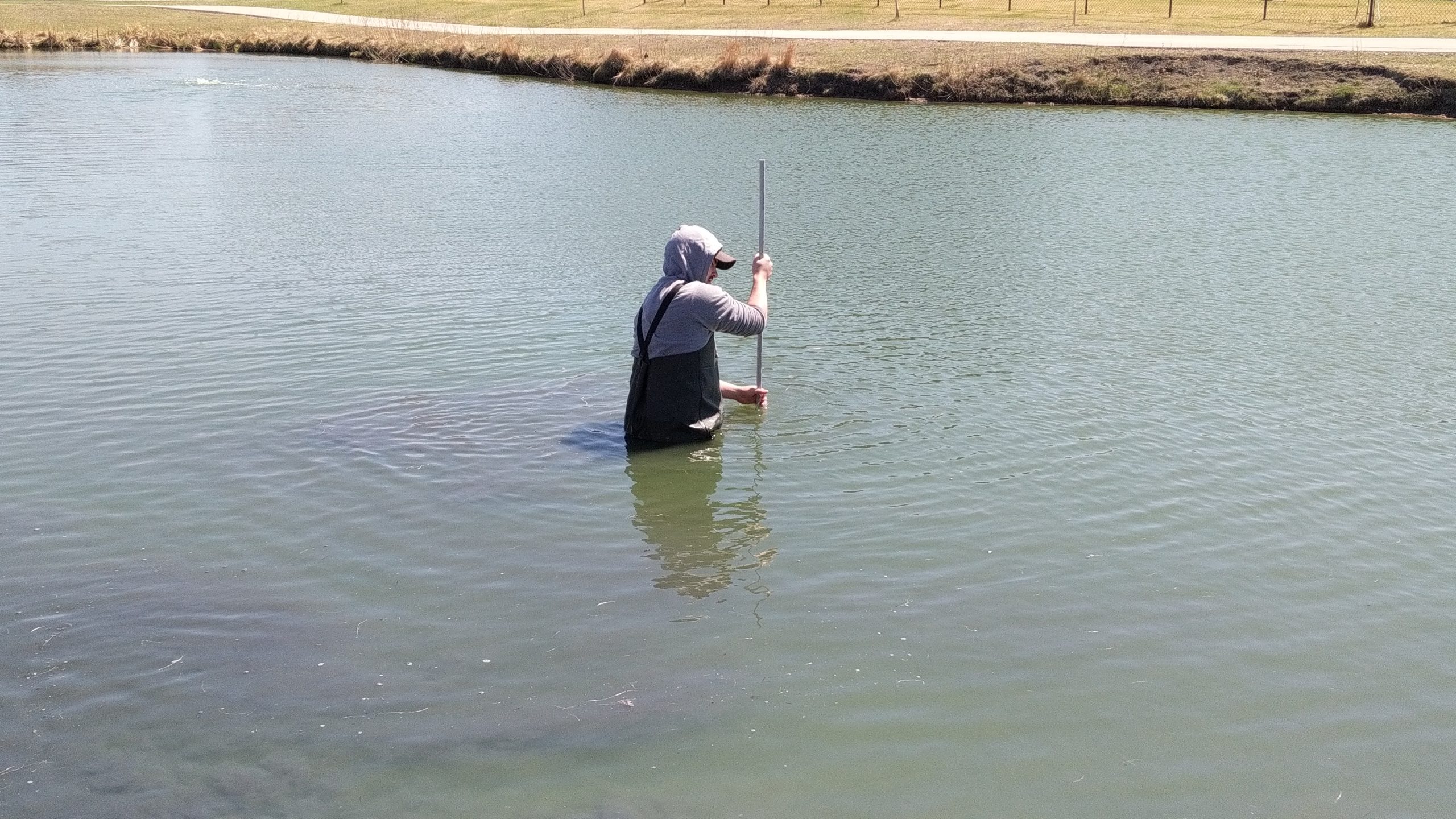What is Pond Muck?
Pond Muck is an accumulation of decaying plant life, fish waste, and various organic materials found at the bottom of ponds and lakes. The organic material includes decaying plant and animal tissue, dead algae, leaves, sticks, twigs, etc., while the mineral component consists mainly of sand, silt, clay, and other minerals.
Normally, muck is not a problem for fish because they can filter most of it with their gills. However, if there are too many particles in the water or if the muck contains toxic substances such as pesticides, herbicides, fertilizers, or heavy metals, these chemicals may harm fish.
Muck may not be very harmful, but it negatively affects water quality. Muck accumulation will cause your pond to stink and make recreational activities much less enjoyable.
This article will discuss how to control muck in your pond.
How Does Muck Accumulate in a Pond?
The main source of muck in ponds comes from the land around them. Grass clippings, leaves, sticks, pollen, and seeds that fall into the pond can all contribute to the buildup of muck. If you have a large grassy lawn surrounding your pond, this could easily become a major source of muck.
If you live near a road, cars and trucks passing by might also add to the muck in your pond by depositing dust and other debris into the water. The graphic below shows how muck accumulation is a cycle, and how the problem will only get worse if untreated.
What Type of Muck Accumulates in a Pond?
There are two types of muck in ponds: floating and settled. Floating muck is what you see when you look down into the water. This type of muck floats on the surface of the water. Settled muck is the muck that settles at the bottom of the pond.
Muck is usually composed of organics such as dead plants, twigs, leaves, seeds, and algae, which decompose slowly over time.
Is Muck Harmful to My Pond?
Muck is not usually harmful to your pond but affects water quality. Reducing muck is important for many recreational pond users because its presence can ruin their enjoyment of the water body.
Bacterial decomposition of organic matter in muck releases gases such as methane and hydrogen sulfide, which makes the pond smell bad. Not only does muck make the pond stink, but its presence makes it uncomfortable for swimmers walking along or entering the pond at the shoreline.
Although rarely harmful, some muck contains chemicals that can harm fish. For example, muck containing fertilizer, weed killers, insecticides, or fungicides can cause problems for fish.
It’s important to reduce muck within the pond because muck makes a great root bed for aquatic weeds. Less muck will make it easier to control the nutrient load within your pond and ultimately control aquatic weed growth.

Muck remover pellets are high-concentration beneficial bacteria with five species of bacteria designed to eat 2 inches of muck per month. The bacteria is safe for pets, people, fish, and livestock. They are environmentally friendly treatments with bacteria already present in the water body.
What Can I Use To Reduce Muck?
Jenlis Muck Razer is an underwater tiller and works great for removing muck from ponds. This tool works fantastic to uproot aquatic weeds and works even better when combined with muck remover pellets. If the weeds have already begun to grow, it is best to cut and rake them out first. Otherwise, start using the muck razer in the spring! When using these tools, remember to wear gloves and protective clothing.
Muck remover pellets are high-concentration beneficial bacteria with five species of bacteria designed to eat 2 inches of muck per month. The bacteria is safe for pets, people, fish, and livestock. They are environmentally friendly treatments with bacteria already present in the water body.
The three keys for muck reduction and overall pond water management are fine-bubble water aeration, muck remover pellets, and aquatic weed removal tools. The pond should have fine bubble aeration installed, and if there is no water aeration system, it’s time to install a pond aerator.
Pond aeration will move the water and increase dissolved oxygen levels, promoting good bacteria growth and removing muck from the ponds bottom. Reducing muck will minimize aquatic weed growth and the water’s nutrient load.
The Bottom Line
If you want to keep your pond healthy, you need to reduce muck and manage its accumulation in your pond. You can use a pond tool like the Jenlis Muck Razer to uproot the bottom of your pond. However, proactive pond management is preferred.
If water aeration isn’t already installed, working with a lake and pond management professional is recommended to properly size, install, and maintain the aeration system to ensure they function effectively for years. Remember, lakes and ponds with aeration can still present water quality issues. Regularly monitor your pond or lake and apply a water treatment plan to avoid problems.
Beneficial bacteria treatments like muck remover pellets work hand-in-hand with water aeration. A bacteria treatment plan and water aeration will make pond management a breeze and keep your pond healthy for years.





